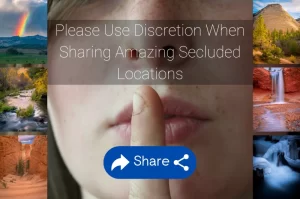Social media is highly prevalent these days. Anyone who is anyone has at least one social media account and most people have several. Social media has made great strides to incorporate photos and other kinds of pictures into their various frameworks. This has lead to many a photo faux pas being posted online. These problems have some potentially damaging consequences if not checked. For this reason, we, at Audrey Cramer Photography, felt the need to discuss some good or healthy social media photo practices.
10. Don’t Instagram Your Meal
Yes, I know, I’m probably hurting some people’s feelings with this one. However, this has become such a common practice that people everywhere have started complaining about it. I cannot understand why someone would feel the need to take a picture of their meal and then post it online for everyone to see. Nobody really cares about what you are eating at that moment no matter how good it looks to you right then. It tends to give you a rather narcissistic vibe that people don’t like. So does constantly sharing photos of your shoes, your nails, etc.

The only use of photographing a dish of food is for promotional purposes. This is for restaurant owners, food vendors, recipe book companies, and the like. These kinds of people want professional looking work; not your cell phone or tablet Instagram photo. Photographers specializing in photographing food can take far better and much more tantalizing photos of food than you can. This Instagramming of food is a case of extreme over-sharing. Let’s try for some better social media photo practices than narcissism. Check out this article if you want more etiquette rules specific to Instagram.
9. Use Honest and Constructive Feedback Because No One Likes a Troll
Most of the social media photo practices listed here are directed at the individual posting the photo(s). This particular point is aimed at others such as those who might comment on said photo(s). There’s good and bad behavior in the comments section too.
The term “troll” became so common on the internet several years ago when lots of people were using the anonymity available in the internet to abuse and leave useless and vulgar feedback for anything they wanted to. They had no risk of being told their activities were inappropriate since no one knew who they were or where to find them. They could be as crass and verbally abusive as they chose and no one could do a thing about it.
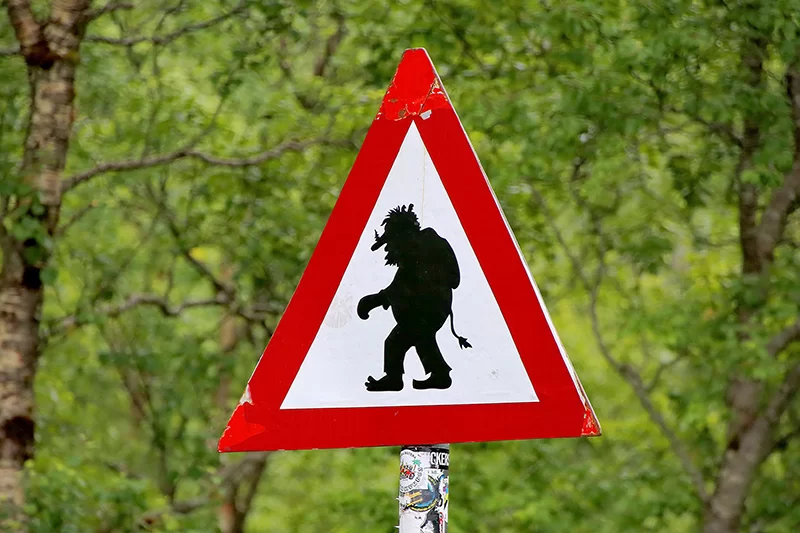
With the current trend of using Facebook logins for many different forum and social media websites, this has become less of a problem due to the fact that people can generally find out who you are and where to find you. However, there are still many trolls out there who either don’t care about the social consequences or thrive on the attention of being that kind of person. The saying “Don’t feed the trolls” has developed because people pay too much attention to these useless comments.
There is no telling what kinds of photos you will run into online. People, these days, will post anything it seems. There are no limits and no boundaries to what you can find. Many people are still trying to get attention for their legitimate photography art work and using social media to do so. Comments are built in to all social media outlets. Most people want feedback and the comment section is the place to give it.
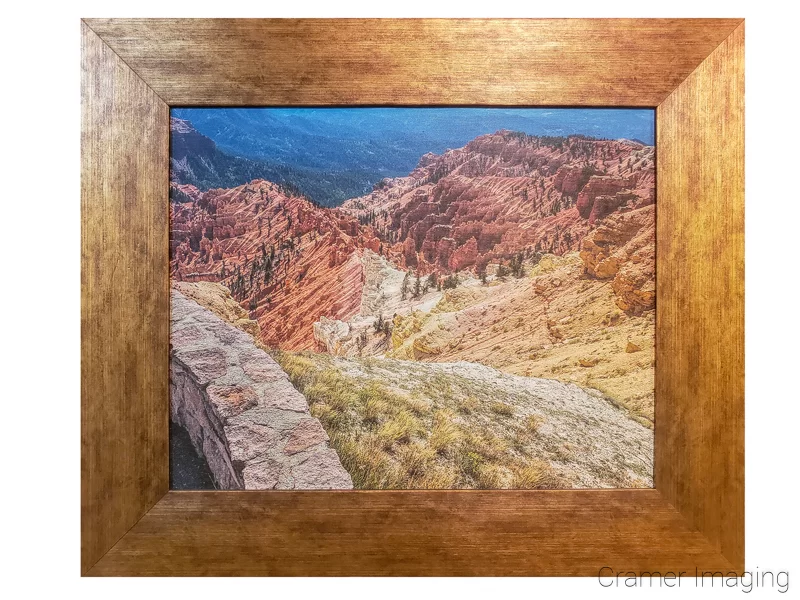
It is OK to not like something that someone posts. It is just fine to not appreciate what someone else calls “art” even if you believe otherwise. Again, it is never OK to be rude and abusive to them because of it. If your negative comments can be helpful and lead to future improvement, then it becomes constructive criticism. This is still accepted. Being mean for the sake of being mean is not. There is a reason for the saying “If you can’t say something nice, don’t say nothing at all” from Disney’s Bambi. Saying nothing is far better than being mean any day.
8. Don’t Post Tons of Pictures of Your Child Daily
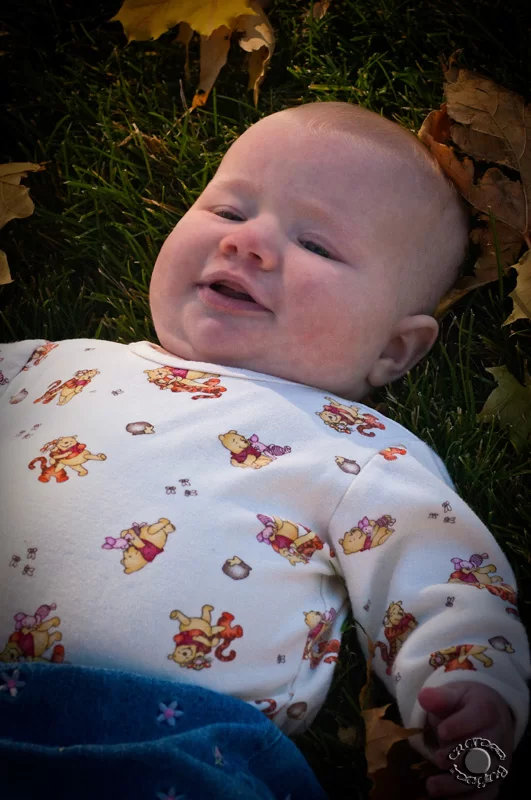
I am also very much aware that I’m probably hurting more feelings with this one. As social media photo practices go, this one ties in with the next one.
Everyone who ever has a child goes through the phase of every little thing that the baby does being super important. You just have to call up and share with all your family and friends that your child rolled over, or whatever the next milestone is. It is cute and highly endearing to those in this phase. For the rest of the world, who have left that time or have not yet entered that time, it can be highly annoying. It becomes as annoying as an obsession.
I currently have a friend on Facebook who is daily or almost daily sharing pictures and videos of her firstborn. It is cute a few times, but has gotten old very fast and yet it is still coming. Many of the photos and videos she shares are cute but there is nothing really new or different about them. Child playing with toys, child going somewhere new-ish, child with parents or grandparents, child with pet, these are all photographed in the extreme during this phase.
Instead of daily floods of vastly over-sharing a growing child’s exploits, try toning it down. Post a small handful of pictures, videos, and/or updates once a week or once a month. People do care about seeing your child grow up properly but they really don’t need a daily log of it. The digest version will work very well. Then, if people ask for more, you can adjust your posting schedule accordingly.
7. Be Careful When Tagging Minors in Photographs

It is a highly common practice to tag everyone that is in a picture as soon as you upload it to a social media site. You want to attach it to the accounts of everyone in the photo so that they can see and have access to it. This is something that you should really be careful of when dealing with children and teenagers under the age of 18. There are some good reasons for not tagging minors in photos. These include pedophiles, cyber-bullies, and schools.
You never want a pedophile to know a child’s name and where to find him or her. This is obvious. Pedophiles peruse the internet just like the rest of us. Children become much easier to access online as they don’t often have their parents watching their every move like they do in public.
Pedophiles also pretend to be someone else younger, often the same age as the child target, in order to gain the child’s trust. Social media has become one such channel of reach for these kinds of people. Don’t give them access to that kind of information. You’ll protect your child far better than you could if you gave away the information to everyone.
Cyber-bullying has become a big problem in the last few years. While mostly limited to teenagers, it has been known to branch into the younger crowd as well. It is terrible and just as painful as physical bullying, though in a different way. You don’t know what some mean teenager will decide to ridicule your child about, even something as simple as a family vacation photo. Don’t give them that possible ammunition.

It is strange to say that you have to be careful about tagging minors in photos because of the schools. That really should not be so. The problem is that schools are checking out students’ social media accounts, in addition to parents’ accounts. They look for behaviors which are, for one reason or another, deemed “undesirable.” The photograph to the left the a prime example of just such an “undesirable” behavior, despite the fact that this young man is a member of the National Guard.
Children have been subjected to serious punishments like suspension and expulsion just for things they have chosen to post on social media. This goes for parents as well. Don’t tag a child in a photo if there might be the slightest ridiculous chance that he or she could be punished for it. You never know who might see the post and take such unnecessary and undesirable action.
6. Use Hashtags Sparingly
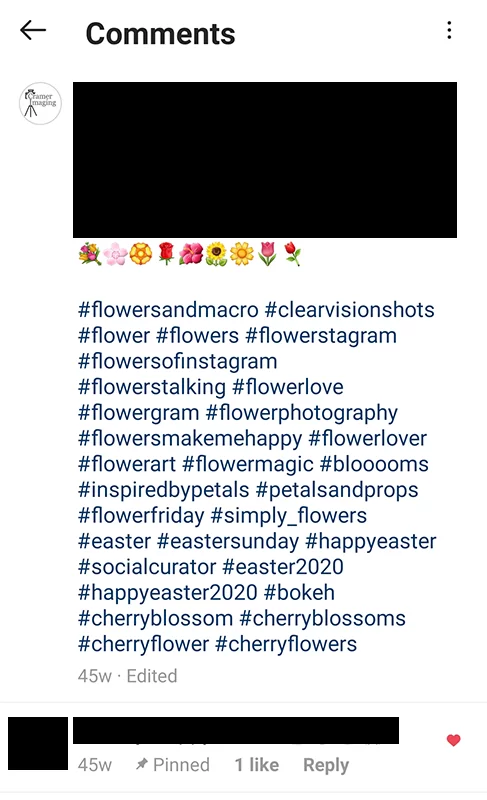
Hashtags have become very popular in social media. Adding in a hashtag is a way of connecting into a larger conversation. People actually search hashtags for lots of reasons. When searching the right one, someone may come across your photo or your post and interact with it. Some social media posts have gone viral just due to the hashtags they bear. This has lead to the practice of hashtagging almost everything.
Sadly, some people will make a hashtag out of almost every word in a post or who will add in tons of hashtags to a post, with or without a photo. Oftentimes, the hashtags being added have little or nothing to do with what the post and/or photo actually contains. This is overloading hashtags. Overloading hashtags is right up there with Instagramming your meal for supremely annoying. People don’t like the narcissistic vibe or scream for attention that such activity gives. They also don’t like spam in their hashtag conversations. A couple hashtags is fine. Ten or more hashtags is way too many. If you find that you added that many to your post, it is time to trim back the hashtags.
Also, don’t overload the conversation by using the same hashtag(s) everyday. Doing so has the same spamming effect as adding too many hashtags to your post.
Update: If you want to use lots of hashtags for visibility’s sake, then please use them in the Instagram comments section not the description. This will allow your post to join the conversation without looking like you are spamming in hashtags. Your hashtag comments will naturally fall lower on the list as more people comment on your posts. On other platforms, stick the hashtags at the end of your post.
Also, if you find such irrelevant additions to an Instagram hashtag you follow, simply use the 3 dot menu attached to the post and select the “Don’t show for this hashtag” option to remove it. Instagram receives the feedback and removes the post from your feed.
5. Double Check Your Photos For Anything You Might Have Missed
People are posting lots of pictures to the internet, and mostly to social media. The unfortunate thing for them is that they are not always careful about what they post. Several memes have sprung up and gone viral because someone was not doing a final inspection before uploading a photograph to the internet. Examples of such overlooked photo content issues include embarrassing and disgusting subject matter in view as well as photo bombing (deliberately getting in someone else’s picture to mess it up).

Many a selfie has been totally destroyed just due to the fact that the unflushed toilet and its contents are visible in the background. It need not be discussed just how disgusting that is. Similar issues include vomit and animals taking a leak. You also need to check to make sure that there is nothing visible in the frame which will embarrass you. Embarrassing material can be of your own making or someone else’s doing. Either way, you need to double check on that BEFORE uploading as you cannot remove it once you upload it.

Unintentional stuff also ends up happening in photos too. My mother-in-law was taking a picture of a strangely-shaped vegetable when the cat decided to investigate the vegetable. Needless to say, that photo did not turn out as planned. All it contained was the back of the cat’s head. Double check to make sure that unintentional things like this don’t end up online unless it is really what you mean to upload.

Photo bombing has become a common practice amongst today’s youth and young adults. For some reason, they think they are being funny when they do so. It is highly disrespectful. The minor offenses are when people will just pop into the photograph uninvited and unwanted. Worse examples are when they do something crude while photo-bombing. Double check your pictures for this kind of behavior so as not to suffer the shame of some jerk being highly offensive in your vacation family portrait. This is on the list of social media photo practices because, once you upload something to the internet, you can’t ever get rid of it.
4. Don’t Link Your Accounts Together Or Stay Logged In On Your Phone For Auto-Posting

Lots of social media accounts provide a way to link your accounts together so that you can cross-post to linked accounts. This is a great way to make sure that all your Facebook friends, Twitter followers, LinkedIn network, Google Plus Circles, etc. get to see the same thing. It keeps things consistent and cuts down on the time that it takes to handle many different social media accounts.
With the rise of smartphones and tablets in popularity, social media companies have been catering towards that side of things. You may sign in to all of your accounts and post your latest selfie or that annoying picture of your meal to whichever account you want. Then it will be populated to all your other accounts.
The problem comes when you are not careful about what you post. Disgraced former New York Congressman Anthony Weiner found himself in trouble for posting pictures of his genitals to his Twitter feed by accident instead of sending the picture messages to their intended recipient. This happened because he was still signed into his Twitter account on his phone.
Whether or not you participate in such conduct as that or not, you do need to be careful about staying signed into your accounts and having them all linked together. The propagation of accidental content and photographs will be much more difficult to control.
3. If It Could Be Embarrassing, Don’t Post It At All
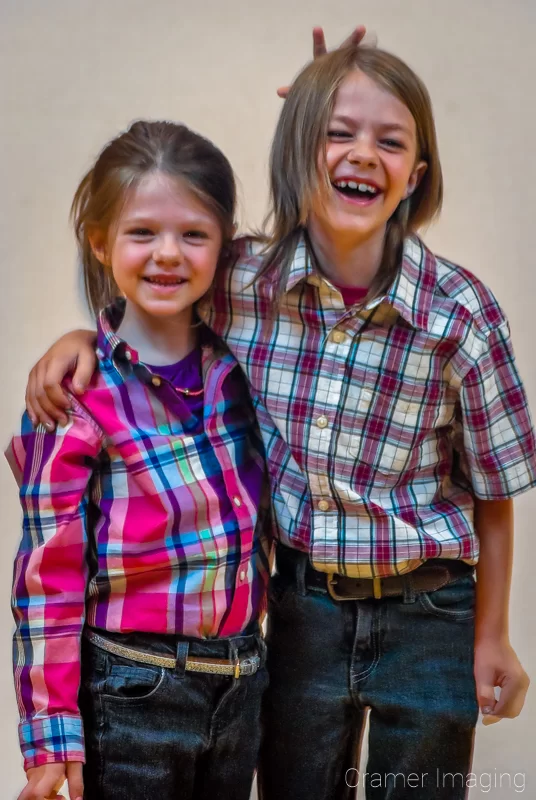
This one could also be hurting some feelings, but left unchecked, could result in some serious complications for people. Please incorporate this point into your social media photo practices.
People like posting photos of themselves and their friends on social media. The range of photos uploaded includes family-friendly and not so family-friendly. Also popular is to tag everyone in the photograph. If there is something embarrassing in the photo, then it is permanently attached to the account. Tags don’t always attach to your account depending upon your privacy settings but this is not going to save you from the embarrassment.
People can still tag you and your name, whether or not it catches your account, and those tags are still searchable. If it does attach to your account, then you have to manually delete it but it will not stop others from seeing it before you do so. They might comment, or worse, share it. You don’t want someone to photograph you in a drunken stupor in some compromising position, such as in a pool of your own vomit. Deleting such an image from your account will not remove it from the original poster’s account so it will still be searchable.
What is worse is when the tag doesn’t catch your account so you don’t know it’s there. Lots of employers are searching social media to research prospective employees. That tag not attached to your account will still show up in the search results. It could cost you a job if your friend decided to post and tag you in a compromising picture. It has happened to people in the past. Such pictures can also lead to a significant other deciding to dump you if they decide to run a similar search. Don’t be responsible for doing something like that to someone you care about.
2. Don’t Post Personally Identifiable Information
This should be a no-brainer social media photo practice but, for some reason, it must to be said. Do not post any personally identifiable information on the internet of any kind. This includes addresses, license plates, phone numbers, credit cards, social security numbers, and email addresses. This information can be used to steal your identity or someone else’s. Double check to make sure that you didn’t miss something like that before you upload. You can’t undo the damage caused by a careless action like this and the headache it can cause for you or someone you know can take years to clear up.

I heard about a time when a girl had her identity stolen using her credit card. She went through the hassle of clearing up her credit and received a new card. She was proud of the pretty picture on the card and posted a photo of it on her social media account with the entire card information visible. Someone asked her what the CSC numbers were on the back, which she did not understand why it was being asked, and she gave it. She had her identity stolen again.
1. Ask Permission Before Posting To Not Endanger Someone
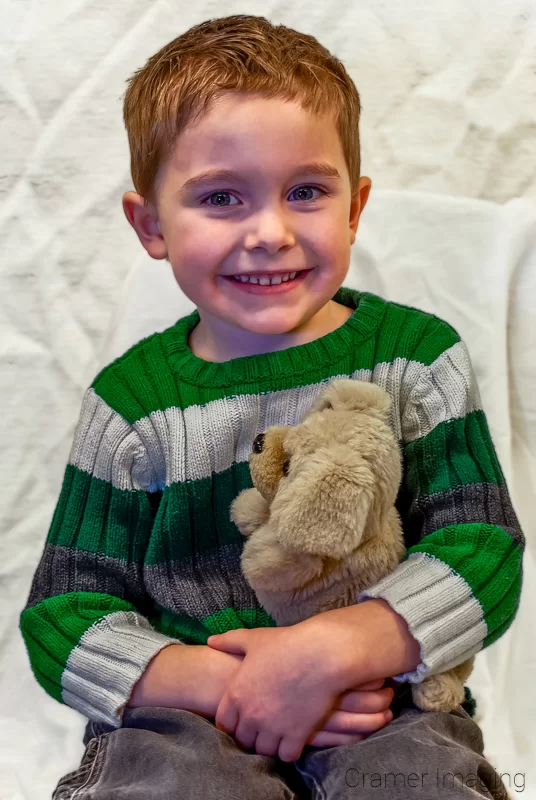
I once photographed a family where the husband/father was a parole officer for some very dangerous individuals in this area. Everything was fine until I asked them to sign the model release for my advertising purposes. They were quite hesitant and even upset at the request. While I did grant them an exception, I was upset for a while about the lost advertising opportunities. They were, after all, a model family for advertising portraiture services.
It later dawned on me why they were so upset. This parole officer did not want his parolees knowing who his family was. Publishing and advertising a picture of the family would do just that: tell his parolees who his family is. A single unhappy ex-convict could decide to harm this man’s family if this man reported probation violations on him or her.
I had absolutely no idea what kind of actual danger my simple advertising could have caused for this family. After I realized my terrible mistake, I made a point of apologizing and explaining that I never needed to think about that before. The family accepted my apology and I did not repeat my mistake. In fact, I now warn photographers about this when I see complaints about clients refusing to sign a model release.
There are numerous reasons why a person might not want their picture taken or published online and certainly don’t want their name attached to it. Please make sure that you respect their wishes. You never know when your simple photo share and tagging could be endangering someone’s life, health, and safety as well as that of their family or friends. It is a mistake you do not want to find out the hard way. Please add this point into your social media photo practices. It might save a life.
Bonus Social Media Photo Practices Tip
Don’t post pictures or videos of your criminal exploits on social media. This should be another no-brainer but some people apparently need to be told this. While the police will thank you for the evidence and use it against you, this is not something that you want to do. It gives you the air of a very stupid criminal, or worse, wannabe criminal. This is worse than posting embarrassing or compromising pictures. This will curtail your future and land you in prison. This is perhaps the best the social media photo practices you can incorporate.
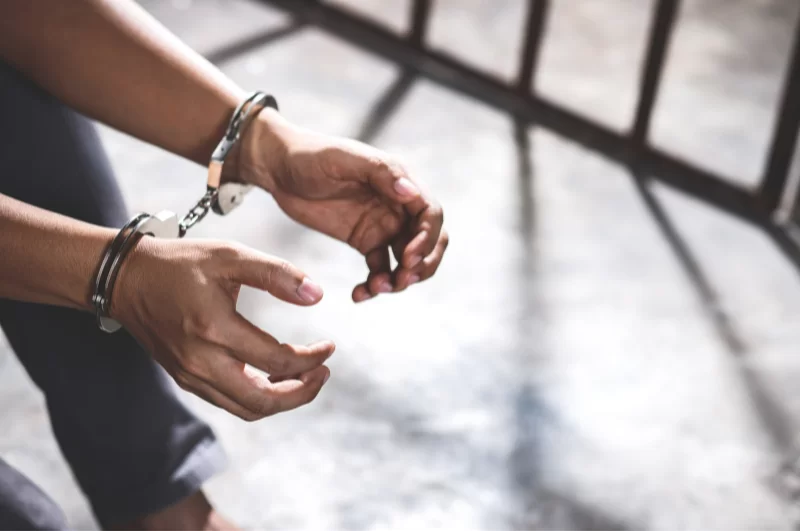
Be smart and don’t commit the crime to begin with. Then you don’t have to worry about people hating your bragging or the police knocking on your door with a warrant for your arrest.

